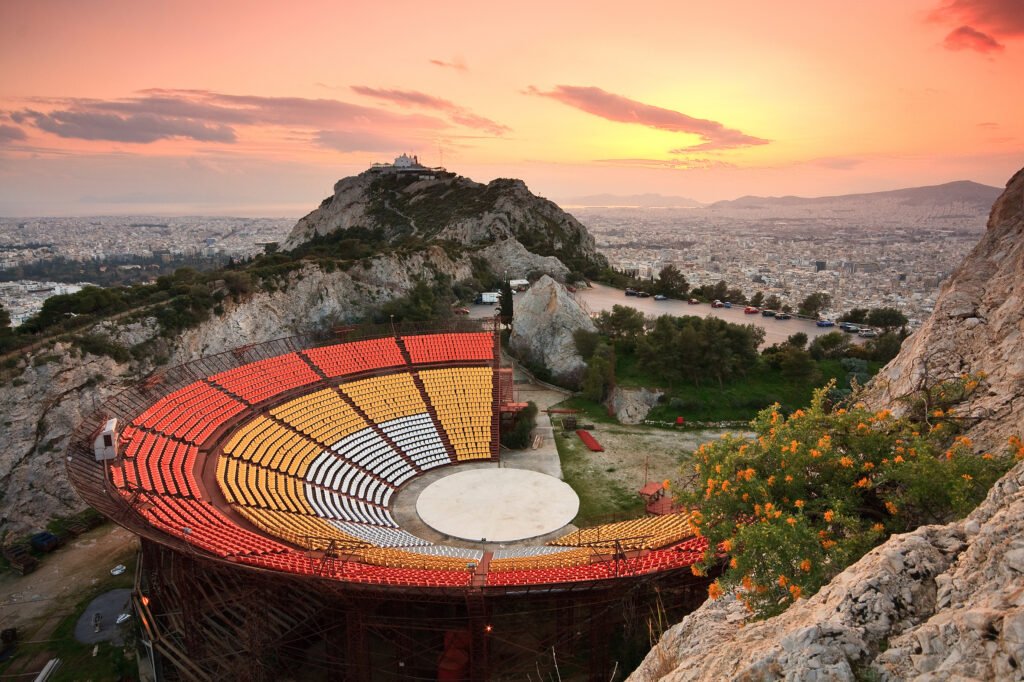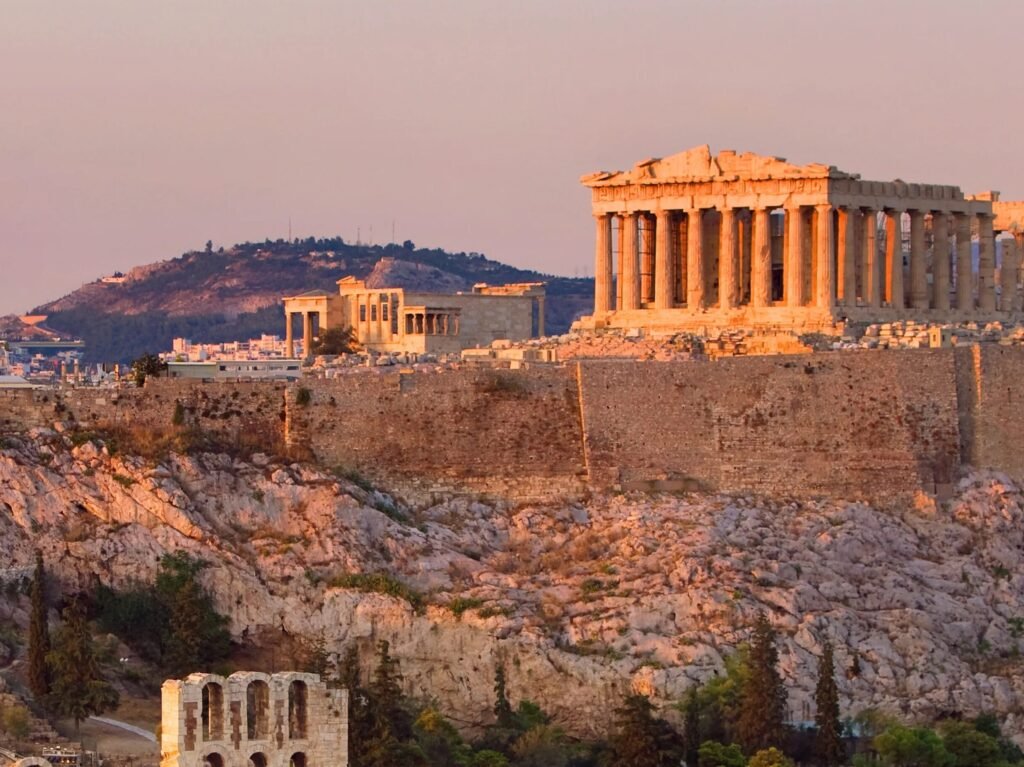
Acropolis
Walk on the land in which thousands of years ago some of the largest and most important parts of the global philosophy, politics, and science were born and flourished. Navigate ancient monuments of priceless cultural and historical value and experience in person the greatness and glamour of Greek ancient times. Starting off with the Acropolis, which in Greek translates to the edge of the city, the geographically and spiritually highest point according to ancient Greeks.
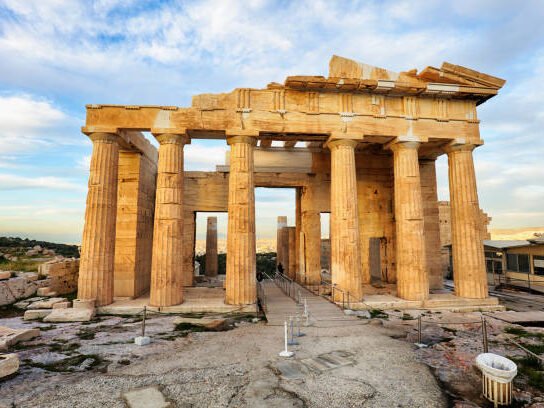
Propylaea
The Propylaea was the monumental gateway to the Acropolis of Athens and was one of several public works commissioned by the Athenian leader Pericles in order to rebuild the Acropolis a generation after the conclusion of the Persian Wars.
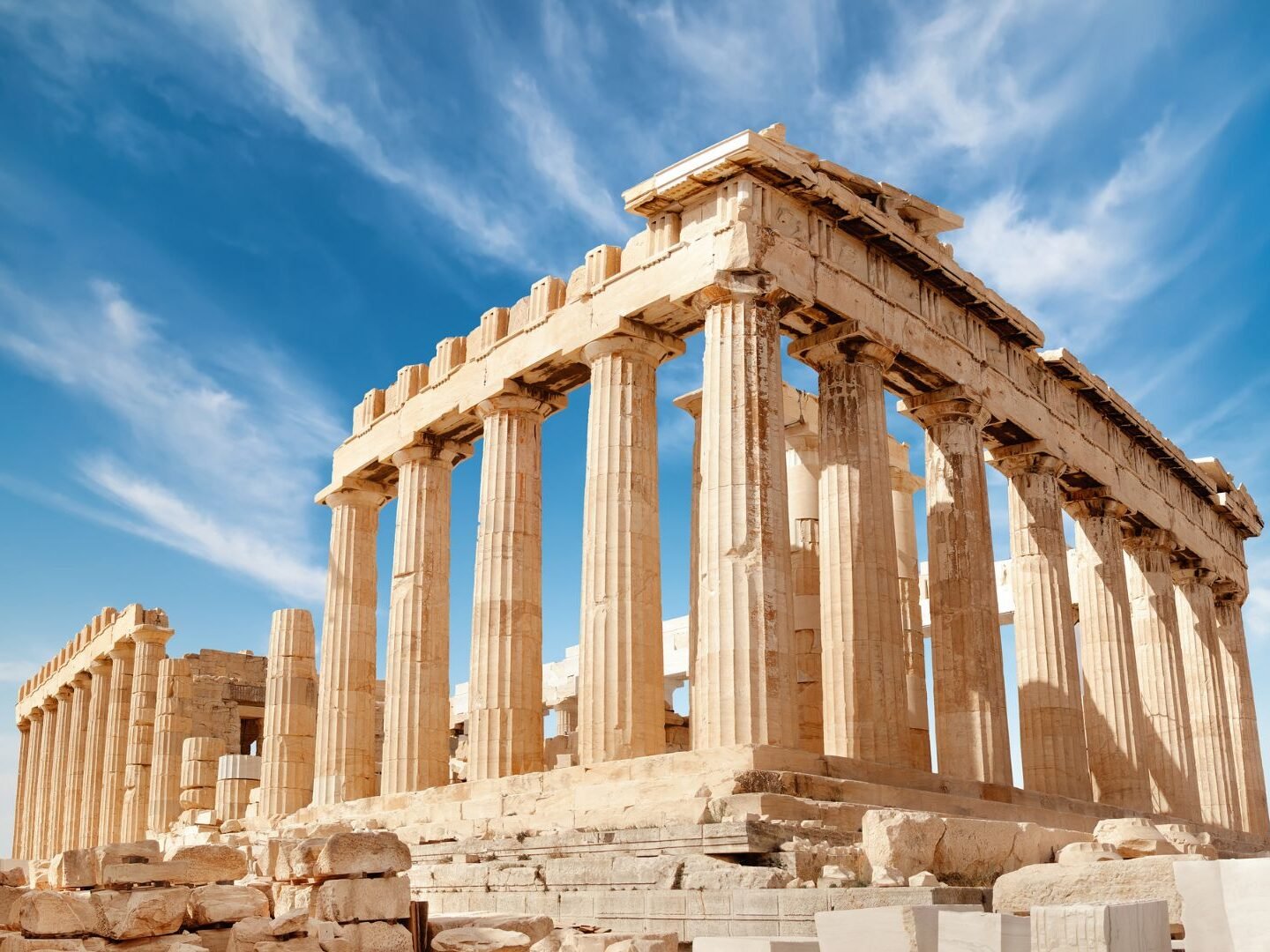
Parthenon
On the top of this sacred hill, proudly stands the Parthenon, which is the epitome of ancient Greek architecture, where you will experience the greatness of ancient Greece captured on every piece of marble. An architectural jewel that hosts the best of what the human spirit and genius has ever conceived, an open embrace that awaits its famed sister marbles to welcome them home again.

Erechtheion
The Erechtheion is an ancient Greek temple on the north side of the Acropolis of Athens in Greece which was dedicated to both Athena and Poseidon.

Theatre of Dionysus
The Theatre of Dionysus is an ancient Greek theatre in Athens. It is built on the south slope of the Acropolis hill, originally part of the sanctuary of Dionysus Eleuthereus. The first orchestra terrace was constructed on the site around the mid- to late-sixth century BC, where it hosted the City Dionysia. The theatre reached its fullest extent in the fourth century BC under the epistates of Lycurgus when it would have had a capacity of up to 17,000, and was in continuous use down to the Roman period. The theatre then fell into decay in the Byzantine era and was not identified, excavated, and restored to its current condition until the nineteenth century.
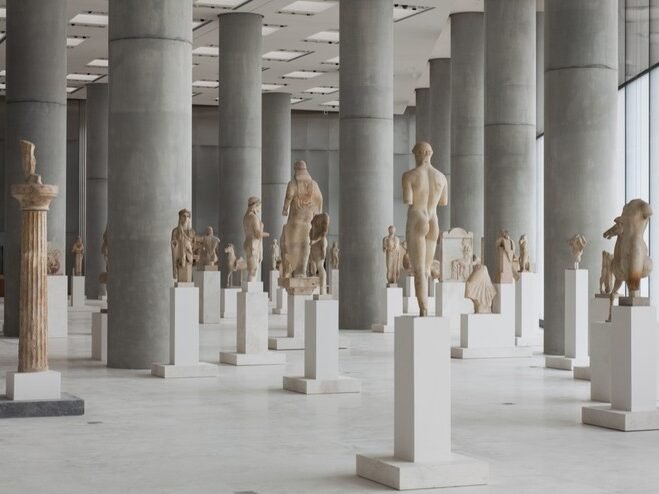
Acropolis Museum
At the foot of the Acropolis Hill in the shadow of the imposing Parthenon lays a modern jewel that houses some of the most important ancient Greek statues and works of art, the Acropolis Museum.
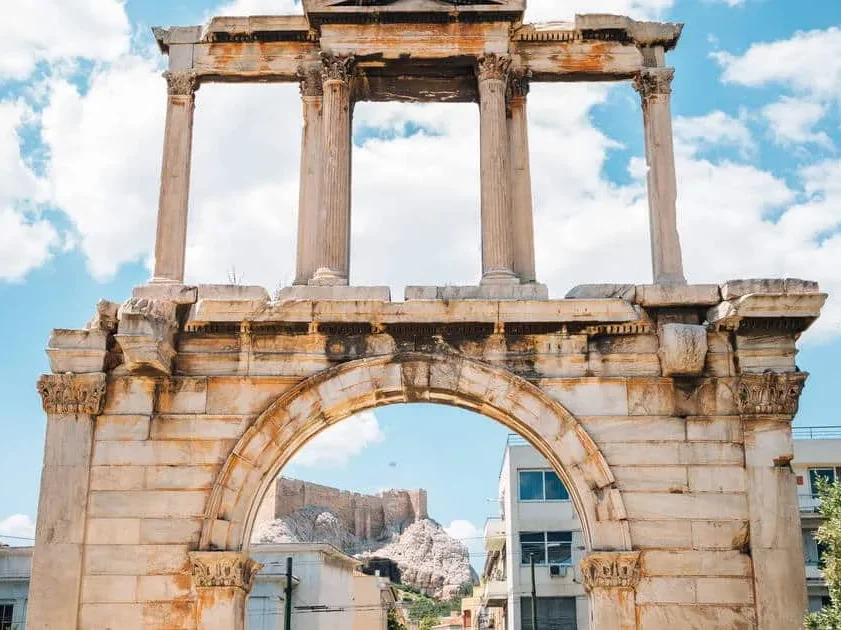
Arch of Hadrian
The Arch of Hadrian, most commonly known in Greek as Hadrian’s Gate, is a monumental gateway resembling a Roman triumphal arch. It spanned an ancient road from the center of Athens, Greece, to the complex of structures on the eastern side of the city that included the Temple of Olympian Zeus.
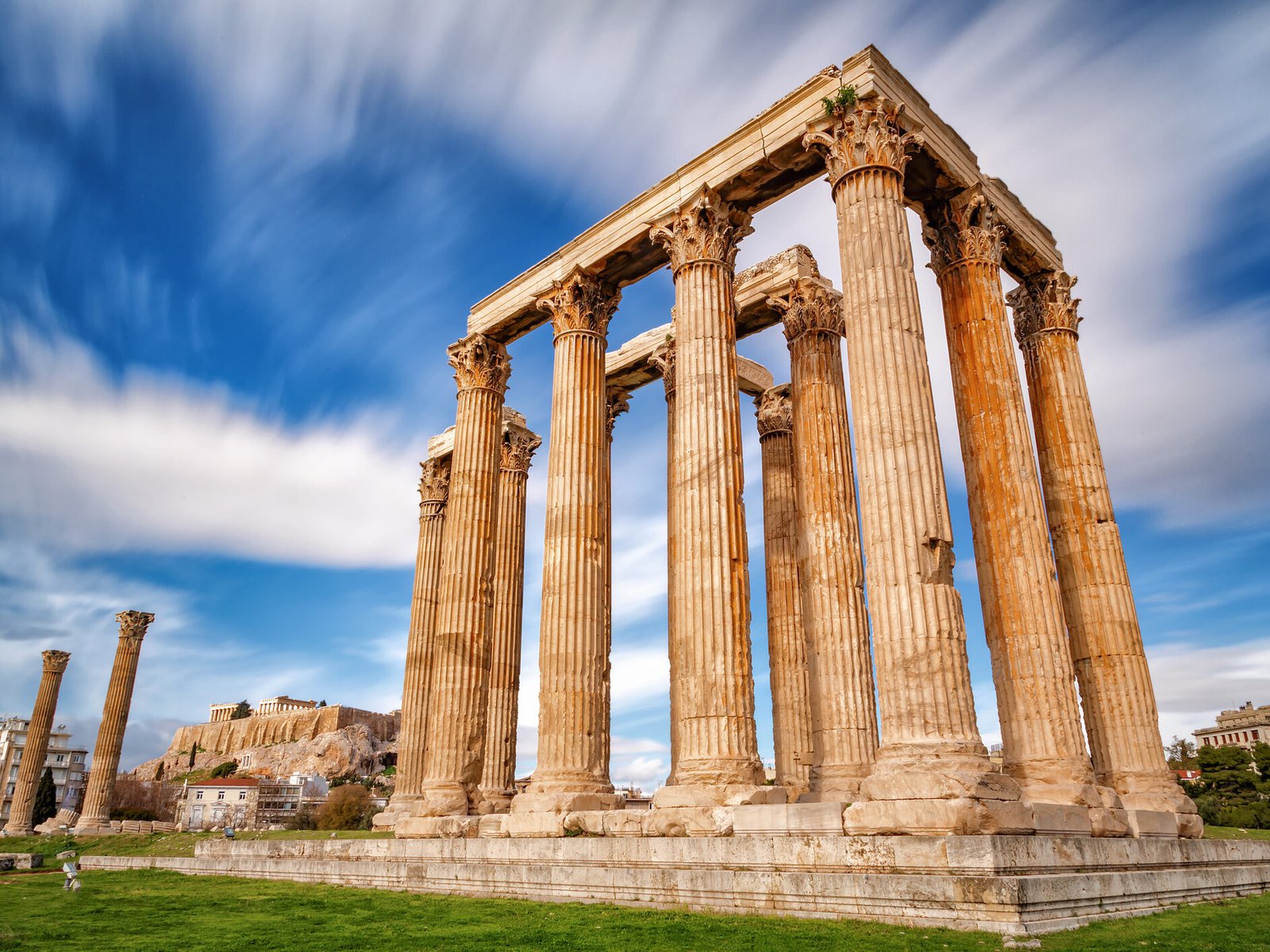
Temple of Olympian Zeus
Between the Acropolis and the Ilisos River are the remains of the Olympian Zeus Temple (now known as the Pillars of Olympian Zeus), one of Athens’ most important and oldest shrines. The space even today gives the visitor a sense of grandeur.

Panathenaic Stadium
Continuing with the stunning Calimarmaro or as it is called today, the Panathenaic Stadium, the house of the first modern Olympic games, made of Pentelic marble in which the Olympic ideals are still reflected today.

Lycabettus hill
After leaving the beautiful Calimarmaro behind us, we will drive up to Lycabettus hill where you will enjoy the beautiful panoramic view of the city and admire the combination of ancient and modern Athens from above.
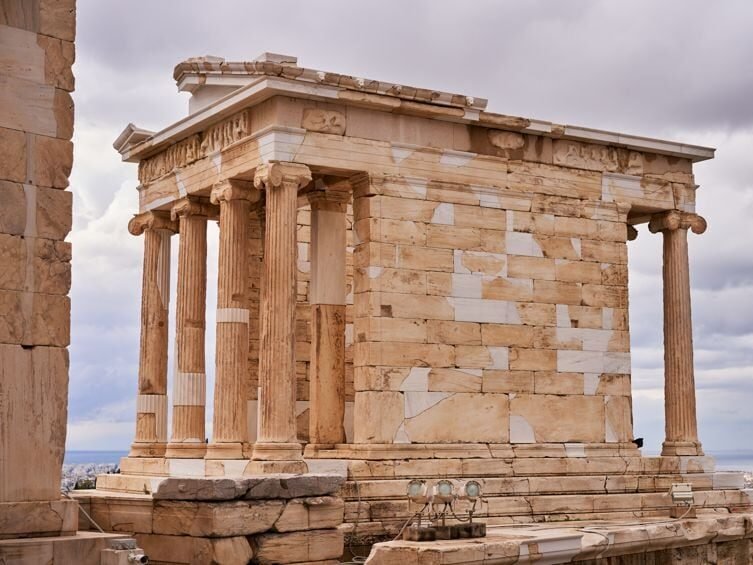
Temple of Athena Nike
The Temple of Athena Nike is a temple on the Acropolis of Athens, dedicated to the goddesses Athena and Nike. Built around 420 BC, the temple is the earliest fully Ionic temple on the Acropolis. It has a prominent position on a steep bastion at the southwest corner of the Acropolis to the right of the entrance, the Propylaea. In contrast to the Acropolis proper, a walled sanctuary entered through the Propylaea, the Victory Sanctuary was open, entered from the Propylaea’s southwest wing and from a narrow stair on the north. The sheer walls of its bastion were protected on the north, west, and south by the Nike Parapet, named for its frieze of Nikai celebrating victory and sacrificing to their patroness, Athena and Nike.


